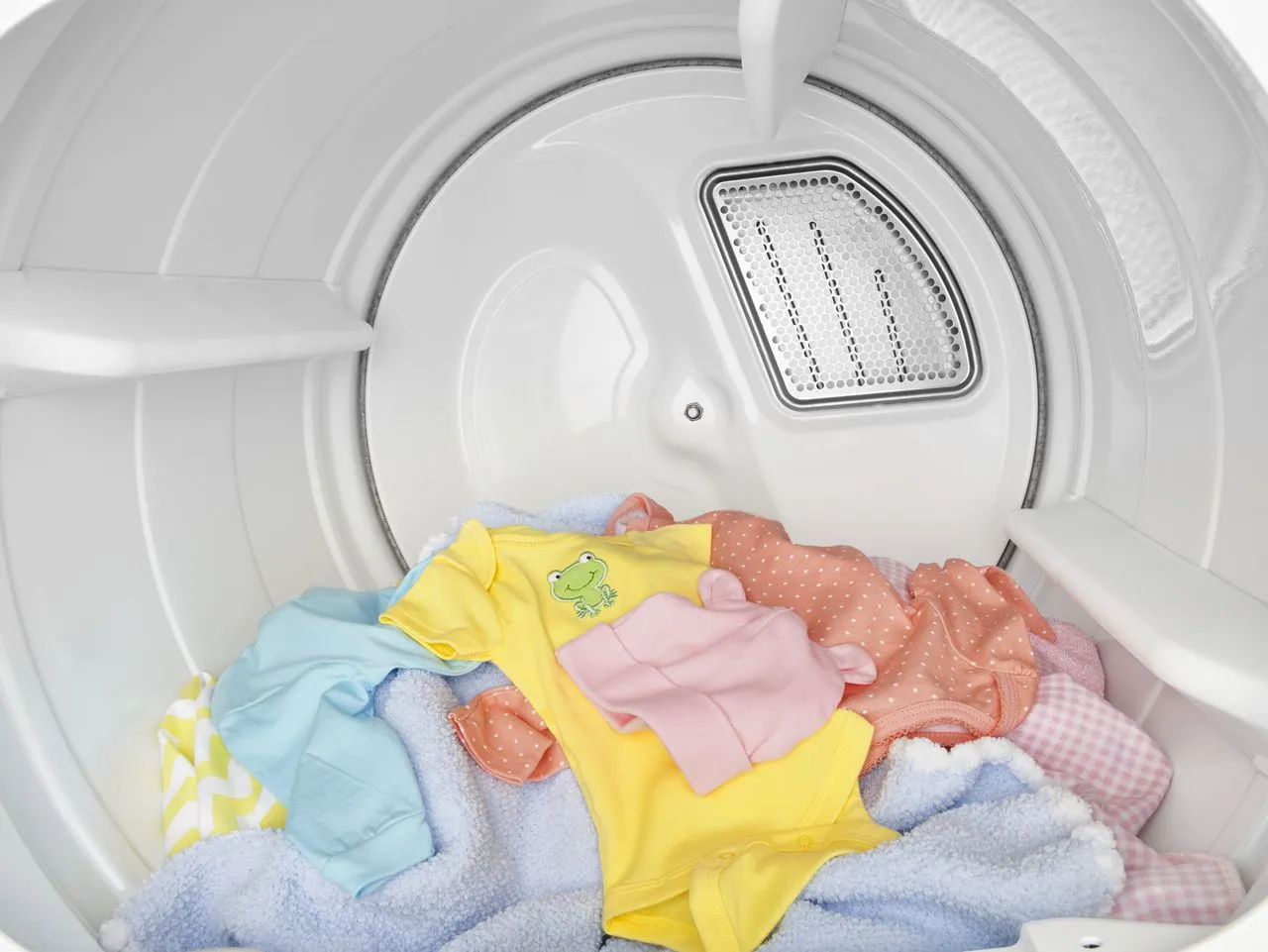Home>Home Appliances>Home Automation Appliances>How Long Does Thermostat Last In Car


Home Automation Appliances
How Long Does Thermostat Last In Car
Modified: January 4, 2024
Learn about the lifespan of car thermostats and how to maximize their longevity. Explore expert tips for home automation appliances.
(Many of the links in this article redirect to a specific reviewed product. Your purchase of these products through affiliate links helps to generate commission for Storables.com, at no extra cost. Learn more)
**
Introduction
**
The thermostat in your car plays a crucial role in regulating the engine's temperature, ensuring optimal performance and preventing overheating. Understanding the lifespan of a car's thermostat and the factors that impact it is essential for maintaining your vehicle's health and longevity. In this comprehensive guide, we'll delve into the significance of the thermostat in a car, explore the factors influencing its lifespan, identify signs of a failing thermostat, and provide practical tips to extend its longevity. By the end of this article, you'll be equipped with valuable insights to help you keep your car's thermostat in top condition for years to come.
Key Takeaways:
- Your car’s thermostat is crucial for maintaining the engine’s ideal temperature, impacting performance, fuel efficiency, and emissions. Regular maintenance and quality coolant can extend its lifespan and keep your car running smoothly.
- Signs of a failing thermostat include engine overheating, fluctuating temperature gauge, poor fuel economy, coolant leaks, and inadequate cabin heat. Address these issues promptly to prevent engine damage and costly repairs.
Read more: How Long Does A Duvet Last
Importance of Thermostat in Car
Your car’s thermostat is a small yet mighty component that plays a pivotal role in maintaining the engine’s optimal operating temperature. It achieves this by regulating the flow of coolant through the engine, ensuring that it neither runs too hot nor too cold. This is crucial because an engine that operates at the right temperature not only delivers optimal performance but also experiences reduced wear and tear, ultimately extending its lifespan.
Without a properly functioning thermostat, your engine may struggle to reach its ideal operating temperature, leading to decreased fuel efficiency, increased emissions, and potential damage to engine components. On the other hand, if the thermostat fails in the closed position, it can cause the engine to overheat, resulting in severe damage and costly repairs.
In modern cars, the thermostat also plays a role in facilitating the quick warm-up of the engine, which is essential for reducing emissions during the cold start phase. This further underscores the significance of a well-maintained thermostat in ensuring both environmental compliance and engine longevity.
In summary, the thermostat is a critical component that directly impacts your car’s performance, fuel efficiency, emissions, and overall engine health. Understanding its importance is key to appreciating the need for regular maintenance and prompt replacement when necessary, ultimately contributing to the longevity and reliability of your vehicle.
Factors Affecting Thermostat Lifespan
The lifespan of a car’s thermostat can be influenced by various factors, each of which can impact its durability and overall performance. Understanding these factors is essential for maintaining the thermostat and preventing premature failure.
- Quality of Materials: The quality of the thermostat and its components can significantly affect its lifespan. High-quality materials and precise manufacturing processes contribute to a longer-lasting and more reliable thermostat.
- Coolant Quality: The condition and quality of the coolant used in the car’s cooling system can also impact the thermostat’s lifespan. Contaminated or degraded coolant can lead to corrosion and buildup within the thermostat, potentially causing it to malfunction.
- Operating Conditions: The operating environment of the vehicle, including temperature extremes and frequent stop-and-go driving, can affect the thermostat’s longevity. Prolonged exposure to extreme heat or cold can accelerate wear and tear on the thermostat.
- Maintenance Practices: Regular maintenance, including coolant flushes and system inspections, can contribute to the longevity of the thermostat. Neglecting maintenance can lead to the accumulation of debris and contaminants that may compromise the thermostat’s performance.
- Driving Habits: Aggressive driving or frequent towing can place additional stress on the engine and cooling system, potentially impacting the thermostat’s lifespan. Gentle driving and avoiding overheating conditions can help preserve the thermostat.
By considering these factors and taking proactive measures to address them, car owners can help extend the lifespan of their vehicle’s thermostat, ensuring optimal engine performance and reliability.
The average lifespan of a car thermostat is about 10 years or 100,000 miles. However, it’s important to regularly check and maintain your thermostat to ensure it’s functioning properly.
Signs of a Failing Thermostat
Recognizing the signs of a failing thermostat is crucial for addressing potential issues before they escalate and cause significant damage to the engine. By being attentive to these indicators, car owners can take proactive measures to rectify thermostat-related issues and prevent costly repairs. Here are some common signs of a failing thermostat:
- Engine Overheating: One of the most noticeable signs of a failing thermostat is engine overheating. If the thermostat becomes stuck in the closed position, it can obstruct the flow of coolant, leading to rapid overheating of the engine. Conversely, if the thermostat fails in the open position, the engine may not reach its optimal operating temperature, resulting in decreased fuel efficiency and increased emissions.
- Fluctuating Temperature Gauge: A malfunctioning thermostat can cause the temperature gauge on the dashboard to fluctuate erratically. This can indicate irregular coolant flow, potentially stemming from a faulty thermostat.
- Poor Fuel Economy: A failing thermostat can lead to poor fuel economy as the engine struggles to reach and maintain its ideal operating temperature. This can result in increased fuel consumption and higher emissions, signaling a potential thermostat issue.
- Coolant Leaks: A failing thermostat can cause coolant leaks around the housing or gasket area. These leaks may be accompanied by visible coolant puddles beneath the vehicle or a noticeable drop in coolant levels, indicating a potential thermostat malfunction.
- Inadequate Cabin Heat: A malfunctioning thermostat can impact the vehicle’s heating system, leading to insufficient warmth in the cabin, especially during cold weather. This can be attributed to the thermostat’s inability to regulate the flow of coolant through the heater core.
By remaining vigilant for these signs, car owners can promptly address thermostat-related issues, potentially preventing engine damage and costly repairs. Regular inspections and proactive maintenance can help identify and rectify thermostat issues before they escalate, ensuring the continued reliability and performance of the vehicle.
How to Extend the Lifespan of Your Car’s Thermostat
Maintaining your car’s thermostat is essential for preserving its longevity and ensuring optimal engine performance. By following these practical tips, you can extend the lifespan of your car’s thermostat and promote the overall health of the cooling system:
- Regular Coolant Inspections: Periodically check the condition and level of the coolant in your car’s cooling system. Ensure that the coolant is clean, free of contaminants, and at the appropriate level to prevent potential damage to the thermostat and other components.
- Routine Maintenance: Adhere to the manufacturer’s recommended maintenance schedule, which may include coolant flushes, thermostat inspections, and overall cooling system evaluations. Regular maintenance can help identify potential issues early and prevent premature thermostat failure.
- Gentle Warm-Up: Allow your engine to warm up gently after starting the vehicle, especially during cold weather. This gradual warm-up period can help reduce stress on the thermostat and promote efficient engine operation.
- Avoid Overheating: Be mindful of driving conditions and avoid overheating the engine, as this can place unnecessary strain on the thermostat and cooling system. If your vehicle’s temperature gauge indicates overheating, address the issue promptly to prevent potential thermostat damage.
- Quality Coolant: Use high-quality coolant that is compatible with your vehicle’s specifications. Quality coolant can help prevent corrosion, buildup, and premature wear on the thermostat and other cooling system components.
- Address Issues Promptly: If you notice any of the signs of a failing thermostat, such as engine overheating or coolant leaks, address the issues promptly. Ignoring these signs can lead to more severe damage and costly repairs.
By incorporating these practices into your vehicle maintenance routine, you can effectively extend the lifespan of your car’s thermostat and promote the overall health and reliability of the cooling system. Proactive maintenance and attentive driving habits can contribute to the sustained performance of your vehicle’s thermostat, ultimately enhancing the longevity of your car’s engine.
Read more: How Long Does A Lawnmower Last
Conclusion
The thermostat in your car is a small yet indispensable component that plays a crucial role in maintaining the engine’s optimal operating temperature. Understanding the significance of the thermostat, recognizing signs of potential failure, and taking proactive measures to extend its lifespan are essential for preserving the health and reliability of your vehicle. By prioritizing regular maintenance, attentive driving habits, and prompt attention to potential issues, car owners can effectively promote the longevity of their car’s thermostat and ensure the continued performance of the cooling system.
By considering the factors that influence thermostat lifespan, such as material quality, operating conditions, and maintenance practices, car owners can make informed decisions to protect and preserve this vital component. Recognizing the signs of a failing thermostat and addressing them promptly can prevent potential engine damage and costly repairs, ultimately contributing to the overall reliability and efficiency of the vehicle.
In conclusion, the lifespan of your car’s thermostat is within your control. By implementing proactive maintenance practices, driving attentively, and promptly addressing potential issues, you can extend the lifespan of your car’s thermostat and safeguard the performance and longevity of your vehicle’s engine. With these measures in place, you can enjoy peace of mind knowing that your car’s cooling system is well-maintained and equipped to deliver optimal performance for years to come.
Frequently Asked Questions about How Long Does Thermostat Last In Car
Was this page helpful?
At Storables.com, we guarantee accurate and reliable information. Our content, validated by Expert Board Contributors, is crafted following stringent Editorial Policies. We're committed to providing you with well-researched, expert-backed insights for all your informational needs.















0 thoughts on “How Long Does Thermostat Last In Car”